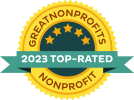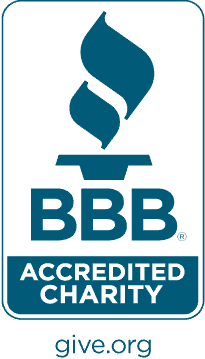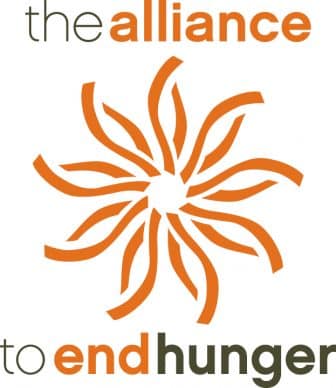Written by #TeamOrange Volunteer: Afnan Abbassi
The overall poverty rate in the United States in 2021 is 13.7%. In other words, around one in every seven Americans is living below the poverty line. This number, which represents an increase in the same statistic from prior periods, can at least partially be attributed to the Coronavirus pandemic, as thousands of families are struggling due to multiple problems including: food insecurity, unemployment, family support, etc. Poverty has always been a serious issue in the US. However, the pandemic has shown Americans that this issue has yet to be resolved despite the endless talk of wanting to fix the problem.
74.7 million people have lost their jobs since the beginning of the pandemic, and many of these jobs pay low wages. This, as well as broader issues with America’s economy where the recovery has been uneven and different for different segments of the population, is making it difficult for the country to get back on its feet.
Of all the different households in America, low-income households–specifically households with incomes under $35,000– are struggling the most. According to Humans Rights Watch, “47 percent of adults report being behind on housing payments, and 25 percent say they struggle to put food on the table,”(Root, Simet).

There has been a push to execute an effective plan to aid these families, but this is only one of many economic situations as a result of the pandemic. Around 35% of all Americans have had difficulty in paying off all their taxes and household bills. More than 1 out of 10 adults did not have enough food to sufficiently feed themselves and their families in January 2021. Even though food-insecure Americans are receiving help from the Supplemental Nutrition Assistance Program (SNAP), the rapidly increasing number of Americans in need of this program is making it difficult for the program to provide a sufficient amount of food for everyone in need.
The stress of living unemployed, low-income, food insecure, and a struggle to keep up with housing payments, in addition to depression that is prevalent throughout the country as a result of the pandemic and associated lock-downs, has made it more and more unbearable for thousands of American families. This issue takes a toll on people’s lives mentally, emotionally, physically and economically. In addition, this situation is more prevalent among minorities. The amount of Black and Latino adults living with food insecurity is more than twice the number of White adults living with food insecurity.
This is a massive interconnected issue that touches on, among other things, racial inequality, the economy and how it works differently for different segments of the population, and America’s struggle to properly help everyone in need. Lena Simet, the senior poverty and inequality researcher for Human Rights Watch said, “Millions of people in the US are falling into preventable poverty and hunger. The measures put forth in President Biden’s relief proposal are urgently needed and the government shouldn’t cut corners when so many lives and livelihoods are at risk.” The urgency to keep up effectively with the increasing rate of poverty in these many aspects of American life is enough to prove that this problem should not be taken lightly and that America must continue cleaning up the mess that the pandemic exacerbated.
Root, Brian, Simet, Lena, “United States: Pandemic Impact on People in Poverty” Human Rights Watch, 2 March 2021, https://www.hrw.org/news/2021/03/02/united-states-pandemic-impact-people-poverty# Accessed 1 April 2021.
Giannarelli, Linda, Wheaton Laura, Shantz, Katie, “2021 Poverty Projections” Urban Institute, 2021 February https://www.urban.org/sites/default/files/publication/103656/2021-poverty-projections.pdf Accessed 2 April 2021.









